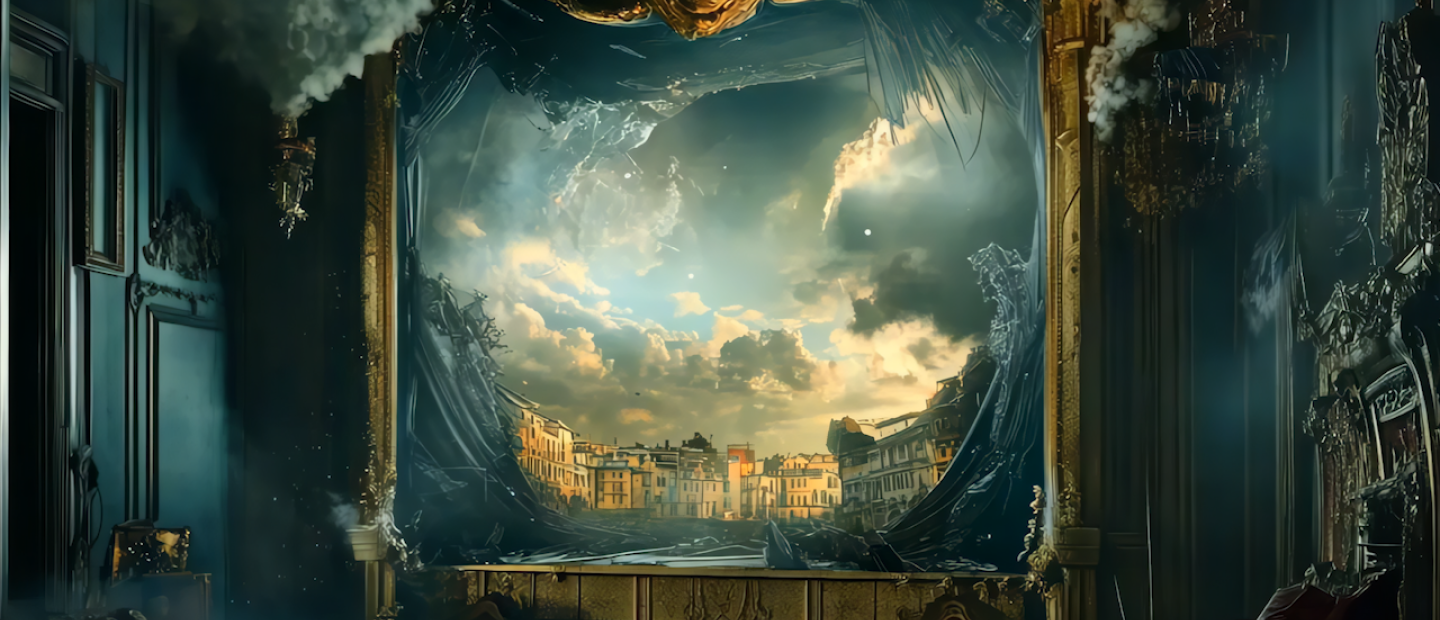Embracing AI Art and Music
Creativity for the Time-Poor and Art-Challenged
By Samantha Pillay

In today’s fast-paced world, finding time to cultivate creativity can feel like an impossible luxury. Traditional art forms often demand patience, practice, and resources—something not everyone has in abundance. But what if you could produce art and music that’s enjoyable, even if you have no formal training, little free time, and no access to a studio? For me, AI has made this possible, opening the door to art and music creation in ways I’d never imagined. Watch the 8-second video I created in Runway, along with music created in Udio, for a quick peek at how AI makes creativity accessible.
Creating Art with AI: Satisfying Results Without the Frustration
As someone with limited art skills, I’ve often felt daunted by traditional mediums. If I were to start painting or sketching, the early results would likely be underwhelming, possibly even discouraging. Getting to a point where I could create something I truly enjoyed looking at would take a lot of time—and I might be tempted to give up long before that happened. But with AI, it’s different. I can take a short 10-minute break, input some ideas, and watch as the AI transforms my concept into something beautiful and unique.
This process lets me skip past the frustration of trying to master a new skill and instead enjoy the creative journey from the start. It’s satisfying to see a piece come together quickly, giving me that feel-good moment without investing hours—or dealing with the mess of traditional supplies. And it’s empowering. I get to create visually appealing images that I’m proud to look at and share, even without formal training.
AI Music: Bringing Sound to Life for Non-Musicians
AI has also given me a way to explore music, something I’d never have considered before. I can’t play an instrument, and my singing is far from stage-worthy, but with AI, I don’t need those skills. I’ve used AI music tools to create songs, and now, I have the joy of playing my own tracks in the car. It’s a surreal experience—hearing “my” music on Spotify, even if I’m the only one listening.
Without AI, it’s unlikely I’d have ever pursued creating music. Learning to play an instrument or produce music the traditional way requires time, dedication, and resources. But AI has made it possible to enjoy music creation, adding a new layer of fulfillment to my life that I never expected.
A New Avenue for Creativity and Well-Being
For people who feel they missed the chance to explore art or music in their youth, AI offers a second chance. It’s an accessible, frustration-free way to tap into creativity, even for those who may have once thought of themselves as “not the artistic type.” There’s also a growing body of research suggesting that creative activities can improve mental well-being. Engaging with art and music can help reduce stress, boost mood, and provide a sense of accomplishment—all without requiring years of practice.
So, could AI help bring the benefits of art and creativity to more people? I believe it’s already doing so, giving countless individuals a way to explore creative expression in an approachable and enjoyable format.
The Rise of AI Art in the Cultural Landscape
The acceptance of AI as a creative medium is also starting to gain ground in the broader art world. One example is the recent announcement of the world’s first AI art museum, Dataland, which is set to open in 2025 in Los Angeles. Founded by prominent AI artist Refik Anadol, this museum will highlight the intersection of human imagination and AI’s creative potential. Dataland will be located next to the Broad Museum and the Museum of Contemporary Art, placing AI art alongside some of the most prestigious cultural institutions in LA.
Anadol envisions Dataland as a space to celebrate the blending of human and machine creativity. He hopes the museum will promote an ethical approach to AI and inspire others to view technology as a partner in the creative process. This museum isn’t just about showcasing digital art; it’s about reimagining what creativity can look like in the AI age.
AI Art Achievements: Botto’s Record-Breaking Sale
AI’s impact on the art world isn’t limited to new museums. Recently, an AI artist named Botto, developed by artist Mario Klingemann and the software collective ElevenYellow, set records with a sale at Sotheby’s. Botto’s work, created using an autonomous AI trained with input from a community of users, has already amassed over $4 million in sales since its debut in 2021. This kind of success for an AI artist highlights the growing acceptance—and demand—for AI-generated art.
Botto’s journey challenges traditional ideas of artistic authorship and collaboration, as the AI’s outputs are shaped by feedback from a community of thousands. Each week, Botto’s DAO (decentralized autonomous organization) members vote on which of its generated pieces should be minted and sold. This model offers a new way for audiences to engage with and even shape AI art, blending technology with community input in a revolutionary way.
AI as a Tool to Enhance, Not Replace, Human Creativity
The potential of AI in art and music doesn’t mean that it should—or will—replace human creators. As Refik Anadol pointed out, the goal is not for machines to be the sole creators, but rather to serve as collaborators, enhancing the creative process. In my experience, AI has allowed me to explore creative avenues that would otherwise be out of reach, helping me find satisfaction in making art and music in ways that fit into my busy life.
By making art and music more accessible, AI opens doors to a world of creativity for people who might otherwise miss out. Whether it’s a quick mental recharge or the satisfaction of hearing your own song, AI is proving that art and music aren’t just for the experts—they’re for everyone.